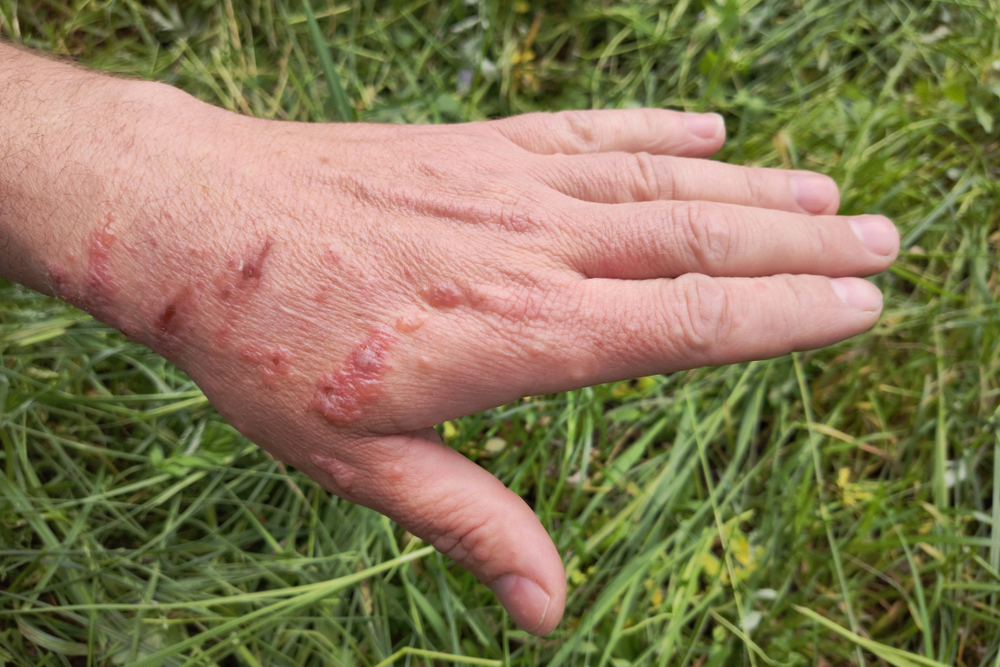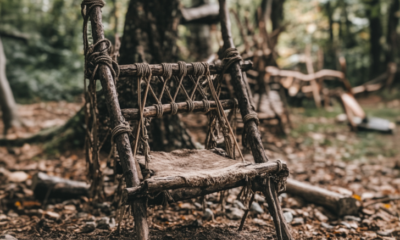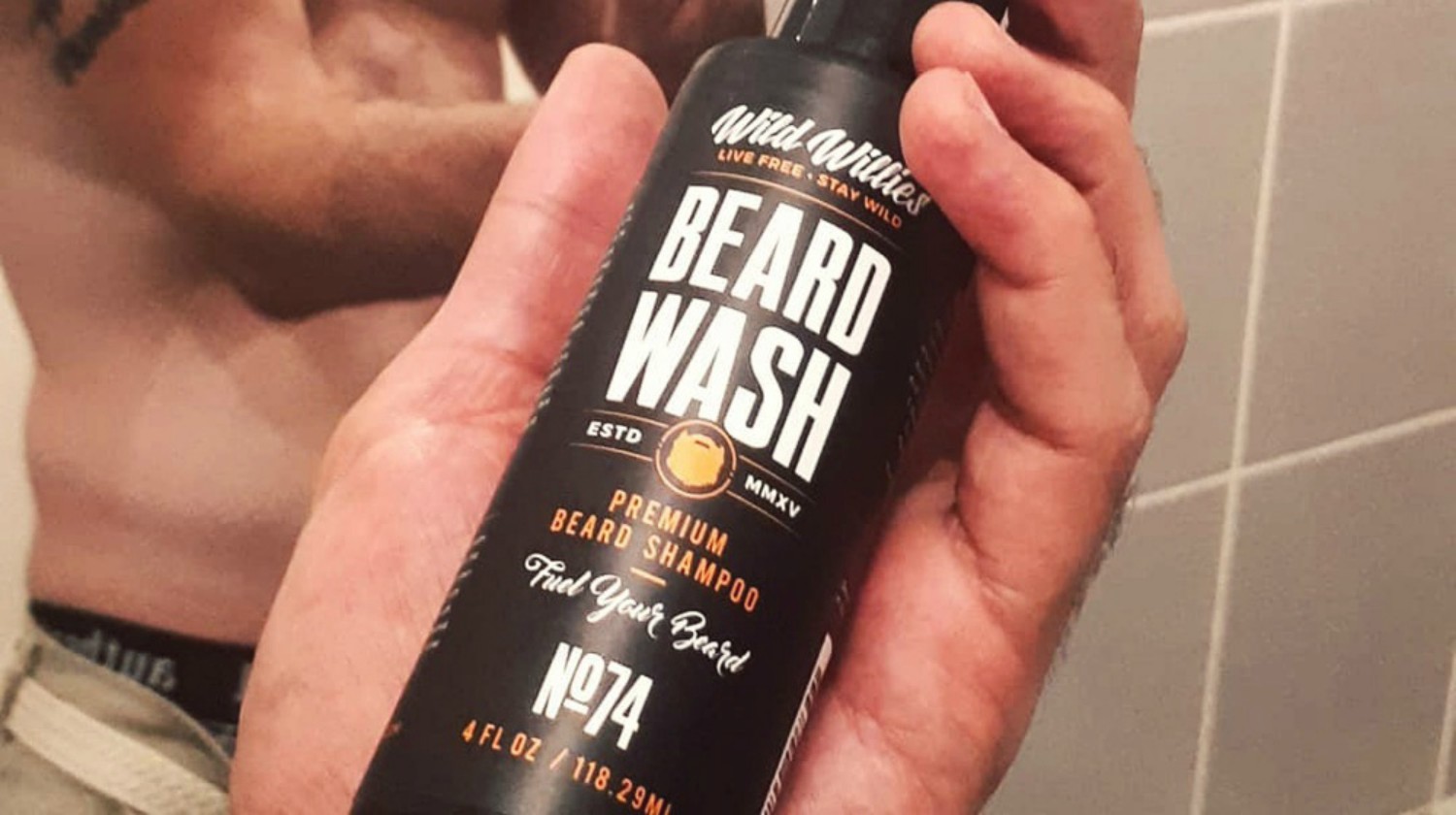Medical Care
How To Treat Burns

We are no stranger to burns, but what many of us do not know is how to treat burns properly. Check out our guide below on how you can do that.
How to Treat Burns the Right Way
Burns are a frequently experienced injury for many people. It’s easy to touch a pan that is still hot or an appliance that was just used by someone else.
When cooking at home or lighting a fire in a fire pit or at a campsite, it’s not unusual for hot food or embers to touch your skin and cause discomfort. If you’ve ever worked with an open flame, you know that fires can be unpredictable.
Knowing how to treat burns so as not to cause more damage or discomfort is important. You don’t want a person to end up with debris in the wound that leads to an infection or for the person to go into shock.
Depending on how bad the burn is (1st, 2nd, or 3rd degree), you will want to handle the burn differently.
Basic Burn Treatment
For all burns, there are some basic steps you want to take to stop the burning, and then to prevent clothing and accessories from getting stuck in the burned area.
1. Stop the Burning
Your first step is to stop the burning that is occurring. Put out the fire, and/or move the person away from steam or hot liquids. Get the person away from the heat source as fast as you can.
If the person or their clothing is actively on fire, instruct the person to “stop, drop, and roll” to put out the flames.
2. Remove Items that are Hot
Remove any items from the person’s body that are still hot. This includes clothing, jewelry, and belts.
If the fabric is stuck to the skin, don’t tug or pull on it; cut around the fabric. Burns can swell, so remove anything that would apply pressure to the area as it grows.
First-Degree Burn Treatment

First-degree burns affect the top layer of skin, making them a more minor burn. You will want to:
- Cool the burn by holding it under cool running water. Do not use cold water.
- Protect the burn with a sterile, non-adhesive bandage or clean cloth.
- Give an over-the-counter pain reliever such as acetaminophen, ibuprofen, or naproxen.
- Seek medical attention if the burn gets worse, is larger than 2”, oozes, is accompanied by redness, swelling, or fever, or the place that was burned in the face, hands, feet, or genitals.
Do not ever apply lotions, oils, or creams to the burned skin, especially ones with fragrances. These can lead to infection. A petroleum-based ointment is the only one you want to use on a first-degree burn.
Second-Degree Burn Treatment

Second-degree burns affect the top two layers of skin, making them more serious and more painful than first-degree burns. If you are treating a second-degree burn, you will want to:
- Cool the burn by immersing it in cool water for 10-15 minutes.
- Do not break blisters.
- Do not apply butter, oils, or ointments.
- Avoid using ice on the burn.
- Protect the burn by covering it loosely with a sterile, non-stick bandage, and secure it in place with gauze or tape.
- Prevent shock by laying the person flat with their feet elevated.
- Elevate the burned area above the heart.
- Cover the person with a blanket.
- Seek medical attention.
Third-Degree Burn Treatment

Third-degree burns affect all three layers of the skin and are extremely serious. Your steps for care are:
- Call 911 and seek immediate medical treatment.
- Protect the burned area by covering it loosely with a sterile, non-stick bandage or, for large areas, a sheet or other material that won't leave lint in the wound.
- Separate individual extremities like burned toes and fingers with dry, sterile dressings.
- Do not expose the burn to water, butter, oils, or ointments.
- Prevent shock by laying the person flat with their feet elevated.
- Elevate the burned area above the heart.
- Cover the person with a blanket.
- For an airway burn, do not place a pillow under the person's head when the person is lying down. This can close the airway.
- Do not have a person with a facial burn lay down.
- Check pulse and breathing to monitor for shock until emergency help arrives.
If you or someone that you know is suffering from a severe burn, your initial response to the burn can either help or harm their treatment. Be sure that you are handling the burn appropriately given the severity of the burn.
Have you ever treated a burn? Share with us your experience in the comments section!
Up Next:
-

 Paracord Projects11 months ago
Paracord Projects11 months agoParacord Projects | 36 Cool Paracord Ideas For Your Paracord Survival Projects
-

 Paracord Projects1 year ago
Paracord Projects1 year agoHow To Make Paracord Survival Bracelets | DIY Survival Prepping
-

 Medical Care1 year ago
Medical Care1 year ago21 Home Remedies For Toothache Pain Relief
-

 Knife Laws12 months ago
Knife Laws12 months agoAre Switchblades Legal? Knife Laws By State
-

 Do It Yourself1 year ago
Do It Yourself1 year agoSurvival DIY: How To Melt Aluminum Cans For Casting












Pingback: 11 Most Essential Wilderness First Aid Tips You Need To Survive - Survival Blog
Pingback: 11 Most Essential Wilderness First Aid Tips You Need To Survive – SurvivalHood
Pingback: Most Essential Wilderness First Aid Tips You Need To Survive – surviveurself